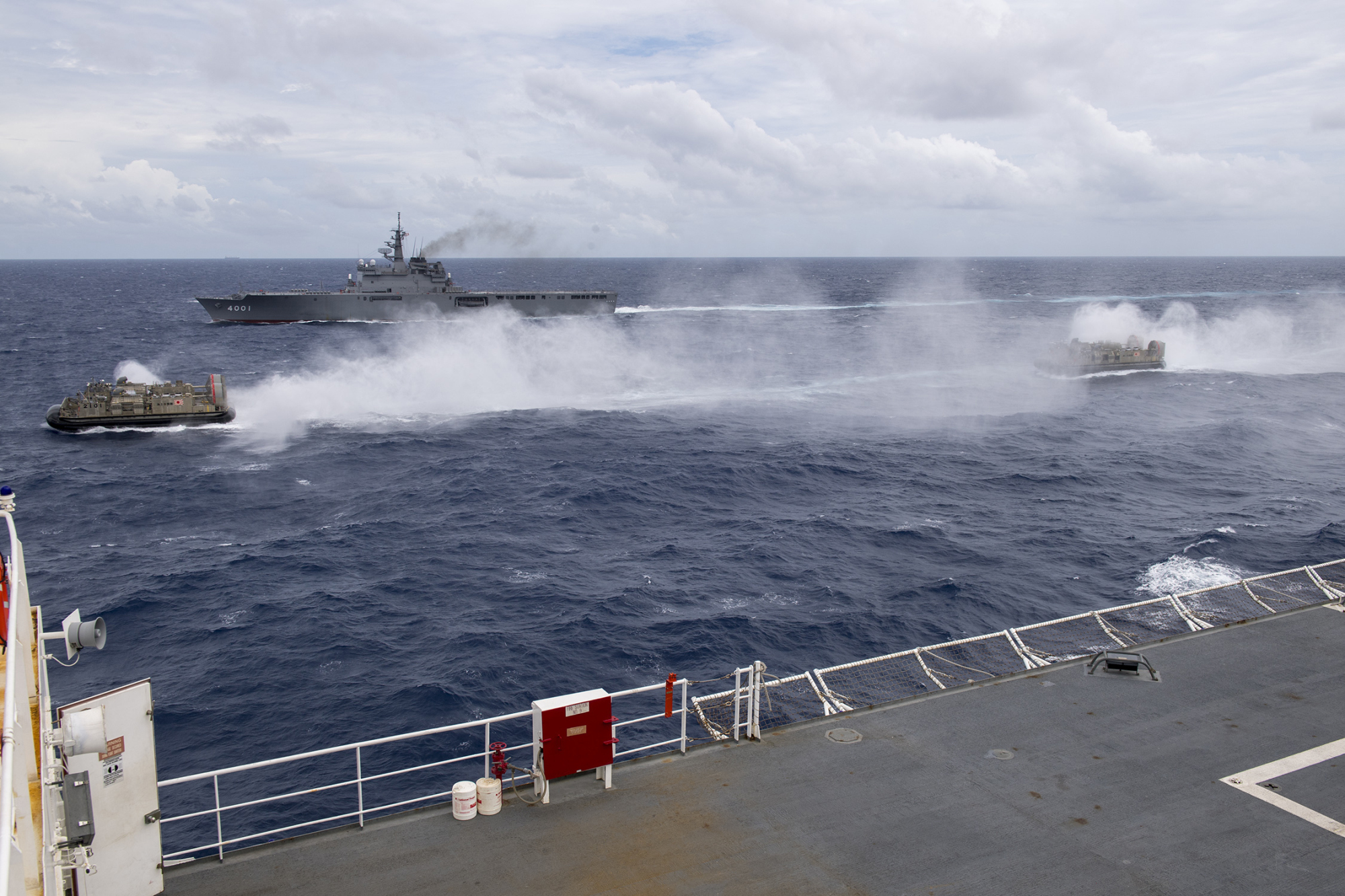China's attempts at unilaterally changing the status quo in maritime Asia are most visible in the South China Sea, where previously small land features are now burgeoning military outposts. The U.S. needs to retool its approach to China in the Western Pacific and move toward a new maritime strategy.
China's buildup of armed forces and installations on disputed islands in the South China Sea highlights twin ambitions of solidifying expansive territorial claims and demonstrating Beijing's growing military reach out to the Second Island Chain and beyond. Landing long-range H-6K bombers on China's largest outpost in the Paracel archipelago could presage similar moves on the Subi, Mischief, and Fiery Cross Reefs in the Spratly Islands. The fortification of South China Sea installations is both a byproduct of and a means to so-called gray-zone challenges to the existing order. China seeks to change the status quo through incremental actions, mobilizing both military and paramilitary forces, and threats of coercion — but stopping short of steps that might trigger conflict.
The U.S. is pursuing several lines of effort to counter Chinese aggression, including naming and shaming China's unilateral assertions, bolstering allied and partner capacity and conducting more frequent but routine freedom of navigation operations (FONOPs). In response to China's destabilizing moves in the Spratly and Paracel Islands, the U.S. disinvited the People's Liberation Army Navy from the 2018 Rim of the Pacific (RIMPAC) Exercise in late July, citing that China's actions undermine regional security, transparency, and freedom of the seas. Despite this increased effort, there are still key areas lacking in the proposed U.S. maritime strategy.



